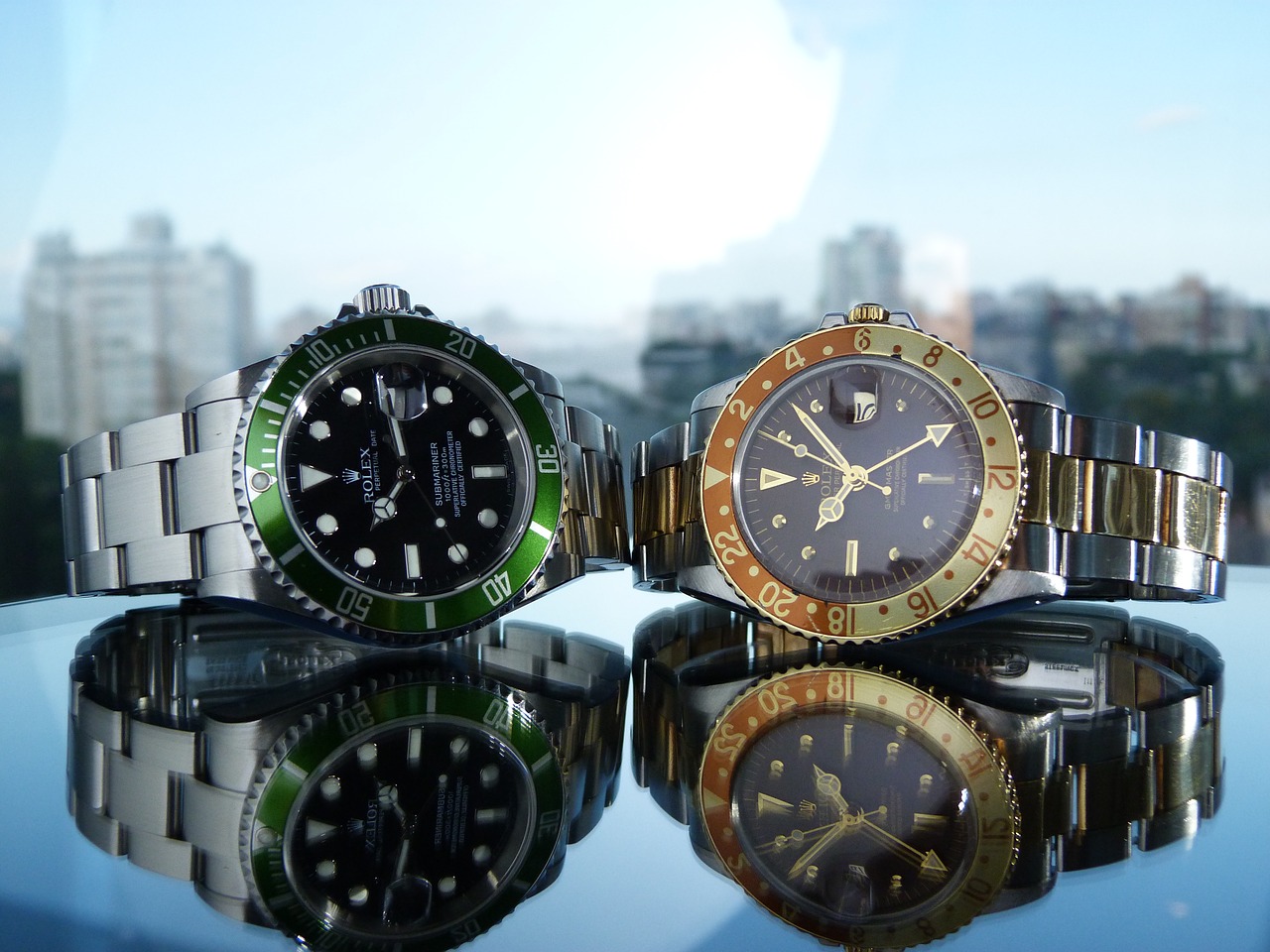
I’m reading a story on the recent struggles of the luxury watch industry and wondering how 3D printing could assist.
The luxury watch industry is one that’s been ongoing for literally centuries. The notion of a watch as a fashion platform has been quite successful, leading to today’s industry where rare and fashionable watches might sell for tens of thousands of dollars.
Certainly this is a highly lucrative market, as the markup on such watches must obviously be stupendous.
However, the industry turns out to be struggling in recent years. From the Luxury Daily:
Since the 2015 Watch Industry Survey, nearly double the amount of executives are worried and pessimistic for the Swiss watch industry at 84 percent. Causes of this internal pessimism include weak foreign and domestic demand, the strength of the Swiss franc, competition from smartwatches and counterfeiting.
I suspect the smartwatch thing, particularly the Apple Watch, as being a big part of the dent in business.
Is there anything that can be done to restore the industry? Luxury Daily speculates:
As with the fashion sector, 3D printing is gaining importance in traditional Swiss watch manufacturing. Constructing a high-end timepiece is complicated, costly and needs expert talent to produce, but 3D printing can lessen expenses and time needed to build watch mechanisms and movements.
Per Deloitte, 64 percent of watch executives have began using 3D printing technology as a tool for concept and prototype design. At this time, 32 percent do not use 3D printing at all, and a small amount, around 4 percent, have brought 3D-printed watch parts to market.
By 2020, 32 percent of executives see 3D printing becoming a very likely aspect of the watch industry.
I suspect there are multiple uses of 3D print technology that could be at work here:
- Iteratively producing prototypes of the internal parts for new mechanisms
- Prototyping the watch cases and bands
- Producing production components that might be overly expensive to produce manually, as the low volume of luxury watch units sold may preclude mass production techniques
And there’s one more that isn’t mentioned here and perhaps isn’t yet being explored by the possibly conservative Swiss watchmaking mandarins: custom designs.
This is an approach that has been successfully used in many other industries with 3D printing: leverage the ability of 3D printing to produce “impossible” shapes.
I expect that a properly trained industrial designer could produce wild designs unseen in the watch industry, and if appropriate, could attract new buyers.
There’s also the possibility of producing bespoke designs on the fly using an on-demand 3D printing manufacturing process, at least for the case.
I don’t know what the answer is for the luxury watch industry, but I do know that other big industry players fell by not reacting to changing technologies. This could be an opportunity for the watchmakers to take a grand step.
Via Luxury Daily

